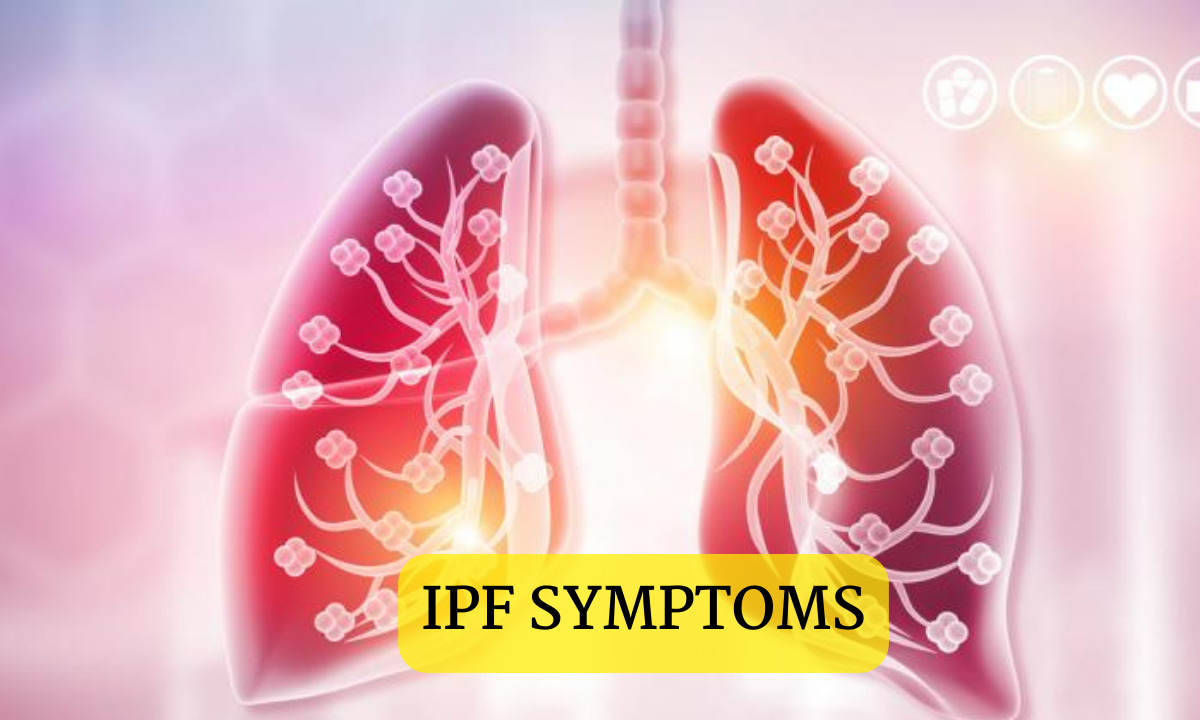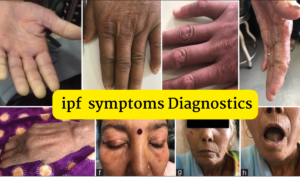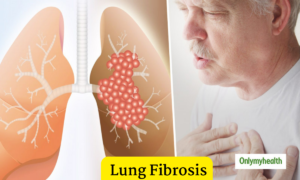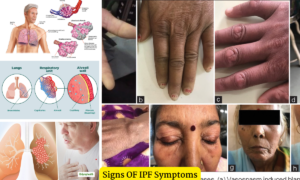What is IPF Symptoms: Causes, Diagnosis, Breathless & End Stage
Introduction to IPF
Definition and Background
Lung tissue scarring is the hallmark of idiopathic pulmonary fibrosis (IPF), a chronic and progressive lung condition. Even after much investigation, the precise cause of IPF is still unknown.
Importance of Understanding Symptoms
Recognizing the symptoms of IPF early is crucial for timely diagnosis and intervention, which can help improve the quality of life and prognosis for individuals affected by this condition.
Causes of IPF Symptoms
Environmental Factors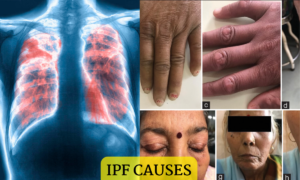
Exposure to environmental pollutants such as cigarette smoke, airborne toxins, and pollutants can increase the risk of developing IPF.
Genetic Factors
Certain genetic factors and familial predispositions have been linked to the development of IPF, suggesting a potential hereditary component to the disease.
Occupational Hazards
Occupational exposure to substances like silica dust, asbestos, and metal dusts has been associated with an increased risk of developing IPF.
Understanding IPF Symptoms
Initial Symptoms
Early symptoms of IPF may include persistent dry cough, shortness of breath (especially during physical exertion), fatigue, unexplained weight loss, and clubbing of fingers or toes.
Progression of Symptoms
As the disease progresses, individuals with IPF may experience worsening breathlessness, a persistent feeling of fatigue, a chronic dry cough that does not respond to treatment, and difficulty breathing even at rest.
Impact on Daily Life
IPF symptoms can significantly impact daily activities, leading to decreased mobility, reduced exercise tolerance, and a diminished quality of life.
Diagnosis of IPF Symptoms
Medical History and Physical Examination
A thorough medical history and physical examination are essential components of diagnosing IPF, as they help healthcare providers assess symptoms and identify potential risk factors.
Imaging Tests
Imaging tests such as high-resolution computed tomography (HRCT) scans can reveal characteristic patterns of lung fibrosis indicative of IPF.
Lung Function Tests
Pulmonary function tests (PFTs) measure lung capacity and function, helping to assess the severity of lung impairment in individuals with IPF.
Biopsy
In some cases, a lung biopsy may be necessary to confirm a diagnosis of IPF, particularly when other diagnostic tests are inconclusive.
Management of Breathlessness
Medications
Various medications, including corticosteroids, immunosuppressants, and antifibrotic agents, may be prescribed to help alleviate symptoms and slow the progression of IPF.
Pulmonary Rehabilitation
Pulmonary rehabilitation programs can improve exercise tolerance, enhance respiratory muscle strength, and provide education and support for individuals living with IPF.
Oxygen Therapy
Supplemental oxygen therapy may be recommended to relieve breathlessness and improve oxygen levels in individuals with advanced IPF.
End Stage IPF Symptoms
Complications
End-stage IPF is characterized by severe respiratory failure and complications such as pulmonary hypertension, respiratory infections, and heart failure.
Palliative Care
Palliative care focuses on relieving symptoms, managing pain and discomfort, and improving the quality of life for individuals with advanced IPF.
Lung Transplantation
For select individuals with end-stage IPF, lung transplantation may be considered as a treatment option to improve survival and quality of life.
What’s the Deal with IPF Symptoms ?
So, what’s IPF all about? Well, it’s short for Idiopathic Pulmonary Fibrosis, a mouthful, huh? It’s basically a lung condition where the tissue gets all scarred up for no apparent reason.
Why It Matters
Understanding the symptoms of IPF is super important. Catching it early can make a big difference in how we manage it and how folks with IPF live their lives.
What Brings It On ?
Blame It on the Environment
Yep, things like smoking and breathing in nasty pollutants can up the chances of getting IPF.
Family Matters
Sometimes, it’s in the genes. Some families seem to have a knack for passing down IPF.
Work Hazards
Working in places with lots of dust or asbestos? That could also be a ticket to IPF-land.
Spotting the Signs OF IPF Symptoms
Feeling the First Flutters
When IPF starts its mischief, it might sneak in with a pesky dry cough, some shortness of breath, and a case of the tireds.
The Long Haul
As time goes on, things can get tougher. More breathlessness, more coughing, and just feeling worn out all the time.
Life in the Slow Lane
Living with IPF isn’t easy. Simple things like walking or even just chilling become harder tasks.
Nailing Down the Diagnosis
Doctor Detective Work
The first step? A chat with the doc. They’ll ask questions, poke around, and try to piece together what’s going on.
A Peek Inside
Fancy machines like HRCT scanners can give us a good look at what’s happening in the lungs.
Breathing Tests Galore
Blowing into tubes might not sound fun, but lung function tests can give us the lowdown on how well the lungs are working.
Taking a Little Piece
Sometimes, the doc needs to take a tiny piece of lung tissue to be sure it’s IPF and not something else.
Making Breathing Easier
Pills and Potions
Medications like steroids or special drugs can help dial down the symptoms and slow down the scarring.
Gym Time
Yep, even folks with lung trouble can hit the gym! Pulmonary rehab programs can help build up strength and teach some tricks for coping.
Air on Demand
When breathing gets tough, extra oxygen can be a lifesaver.
When It Gets Real
Tough Times Ahead
In the late stages of IPF, things can get hairy. Breathing might become a real struggle, and other health issues can pop up.
Comfort First
Palliative care steps in to keep folks comfy and ease any pain or discomfort.
Last Resorts
For some, a lung transplant might be the best shot at a longer, better life.
Wrapping It Up
Got it? Knowing the symptoms, getting diagnosed early, and managing it like a boss can really make a difference for folks with IPF.
Conclusion
Early recognition of IPF symptoms, prompt diagnosis, and comprehensive management strategies are essential for optimizing outcomes and improving the quality of life for individuals affected by this debilitating lung disease.
FAQs (Frequently Asked Questions)
- What are the common symptoms of IPF? Common symptoms of IPF include persistent dry cough, breathlessness, fatigue, unexplained weight loss, and clubbing of fingers or toes.
- Is IPF a hereditary condition? While certain genetic factors and familial predispositions may increase the risk of developing IPF, the exact cause of the disease remains unknown.
- How is IPF diagnosed?
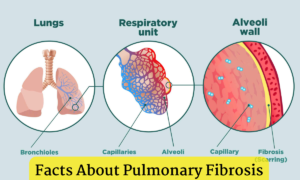 IPF is diagnosed through a combination of medical history, physical examination, imaging tests (such as HRCT scans), lung function tests, and in some cases, a lung biopsy.
IPF is diagnosed through a combination of medical history, physical examination, imaging tests (such as HRCT scans), lung function tests, and in some cases, a lung biopsy. - What treatments are available for IPF? Treatment options for IPF may include medications (such as corticosteroids and antifibrotic agents), pulmonary rehabilitation, oxygen therapy, and in some cases, lung transplantation.
- What is the prognosis for individuals with IPF? The prognosis for individuals with IPF varies depending on various factors, including the severity of the disease, response to treatment, and overall health status.
- Can IPF run in families? Sure can! Sometimes, it’s like a family heirloom nobody wants.
- How do you even diagnose IPF? Lots of questions, some tests, and maybe a peek inside your lungs.
- What’s the treatment plan for IPF? Meds, gym time, and maybe some extra oxygen—it’s all about making breathing easier.
- What’s the outlook for folks with IPF? Depends on a bunch of stuff, like how bad it is and how well treatment works.
- What is the first symptom of IPF ? Shortness of breath is the most typical symptom of idiopathic pulmonary fibrosis (IPF), usually occurring during physical activity, and it can deteriorate over time. Many people (particularly older patients) initially disregard their dyspnea and attribute it to aging or being out of shape.
- What are the warning signs of pulmonary fibrosis ?

- Pulmonary fibrosis symptoms can include:
- breathing difficulties, initially only while activity and eventually also during rest.
- a persistent cough that is dry and hacking.
- becoming worn out.
- shedding pounds.
- being less hungry.
- becoming known as “clubbing” when one’s finger or toe tips protrude.
- sore muscles and joints.
- What is ipf symptoms ?
- Speak with your physician as soon as possible, and insist on a precise diagnosis.
- breathlessness, especially when exercising.
- A dry, hacking cough.
- shallow, rapid breathing.
- gradual reduction of undesired weight.
- fatigue.
- aching muscles and joints.
- clubbing, or spreading and curving of the toes or fingers.
- At what age does pulmonary fibrosis start?
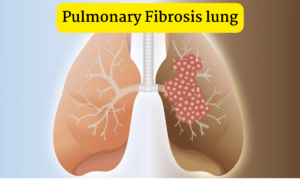 For many years, it has been evident that idiopathic pulmonary fibrosis is correlated with age (2). The mean age of patients in well-characterized cohorts has been determined to be approximately 65 years; idiopathic pulmonary fibrosis is quite uncommon in younger persons (3).
For many years, it has been evident that idiopathic pulmonary fibrosis is correlated with age (2). The mean age of patients in well-characterized cohorts has been determined to be approximately 65 years; idiopathic pulmonary fibrosis is quite uncommon in younger persons (3). - What is the best way to diagnose IPF? Physicians search for a pattern that resembles a honeycomb of lungs when diagnosing IPF. Lung biopsy: This is done to check for abnormalities such as inflammation or scarring in the lung tissue. This process is occasionally employed to confirm the IPF diagnosis.
- What is ipf disease symptoms ? Smoking and a family history of IPF enhance your risk of developing IPF, which also rises with age. The two most typical signs of IPF are coughing and dyspnea. While some people may not experience any symptoms at first, as the illness worsens, symptoms may appear and increase in severity.
- How do you know if you have ipf ?
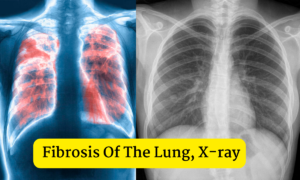 Smoking and a family history of IPF enhance your risk of developing IPF, which also rises with age. The two most typical signs of IPF are coughing and dyspnea. While symptoms may not appear at initially in some people, they may appear and worsen as the illness worsens.
Smoking and a family history of IPF enhance your risk of developing IPF, which also rises with age. The two most typical signs of IPF are coughing and dyspnea. While symptoms may not appear at initially in some people, they may appear and worsen as the illness worsens. - What is the life expectancy of a person with ipf ? Certain individuals experience rapid deterioration, while others maintain a comparatively healthy state for an extended duration. According to several internet sources, individuals with IPF can anticipate living for an additional three to five years following their diagnosis.
- What is the disease ipf ?The most prevalent kind of pulmonary fibrosis is called idiopathic pulmonary fibrosis (IPF). It is an illness that results in lung fibrosis, or scarring.
- What causes ipf ?
- What is the main cause of pulmonary fibrosis ?
 Pulmonary fibrosis can result from exposure to chemicals such as asbestos, coal dust, or silica, which can affect those who work in the coal mining and sandblasting industries. Pulmonary fibrosis is indicated as a side effect of several drugs (nitrofurantoin, bleomycin, and amiodarone, to mention a few).
Pulmonary fibrosis can result from exposure to chemicals such as asbestos, coal dust, or silica, which can affect those who work in the coal mining and sandblasting industries. Pulmonary fibrosis is indicated as a side effect of several drugs (nitrofurantoin, bleomycin, and amiodarone, to mention a few). - What is ipf test ? The quantity of young, reticulated platelets is shown by another test called the immature platelet fraction (IPF). Flow cytometry or automated hematology analysis are used to calculate IPF, which is typically elevated in patients who have fast platelet loss.
Reference :
- https://www.mayoclinic.org/diseases-conditions/pulmonary-fibrosis/symptoms-causes/syc-20353690
- https://my.clevelandclinic.org/health/diseases/10959-pulmonary-fibrosis
- https://www.nhlbi.nih.gov/health/idiopathic-pulmonary-fibrosis
- https://www.webmd.com/lung/what-is-idiopathic-pulmonary-fibrosis
- https://www.pulmonaryfibrosis.org/understanding-pff/types-of-pulmonary-fibrosis/idiopathic-pulmonary-fibrosis
